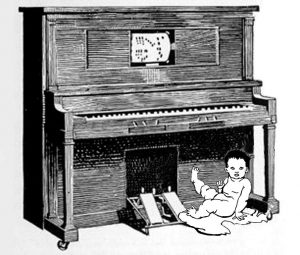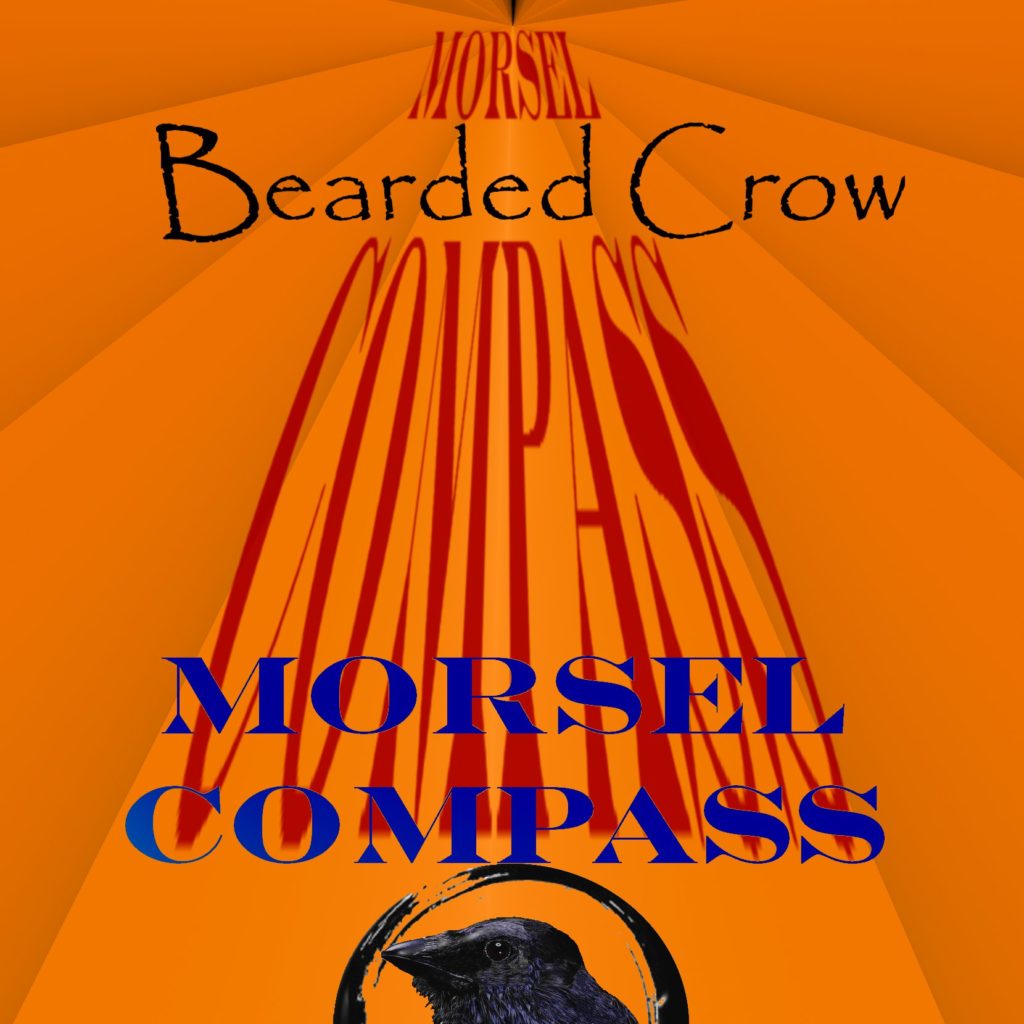A ferment of musical ideas swept Europe in the middle of the 20th century, inspiring young composers who rejected the conventions of earlier generations as well as what they viewed as rigid musical structures. These composers wished to explore harmonic potential and to shatter traditional means of relaying musical ideas. For them it was not enough to arrange notes on staff paper; for magnetic tape, non-traditional instruments, and electronics were enabling new forms of composition and performance that were less dependent upon the classic orchestra. Indeed, these composers sought a new definition of music itself, and in the process of challenging norms they helped to bring about a dramatically expanded era of musical creativity.
The book by Johannes Fux (1660-1741) that influenced composers from 1725 onward:
https://en.wikipedia.org/wiki/Gradus_ad_Parnassum
Examples of 20th century compositions that attempted to utilize new means and methods:
https://www.amazon.com/Boulez-Conducts-Zappa-Perfect-Stranger/dp/B0000009T9
https://www.youtube.com/watch?v=iuDzS0EYixQ

